Types of Pimples in Face: Your Ultimate Visual Guide
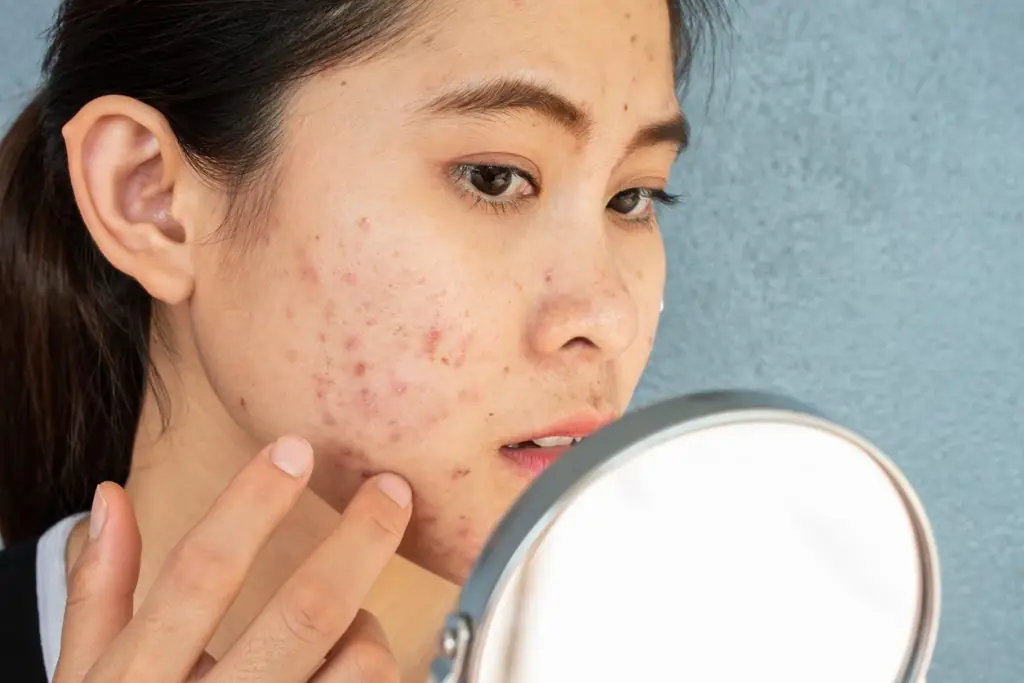
If you’re struggling with acne or want to learn about the different types of pimples in face then this article is for you! We’ve put together a visual guide to help you identify each type. This will help you better understand what’s going on.
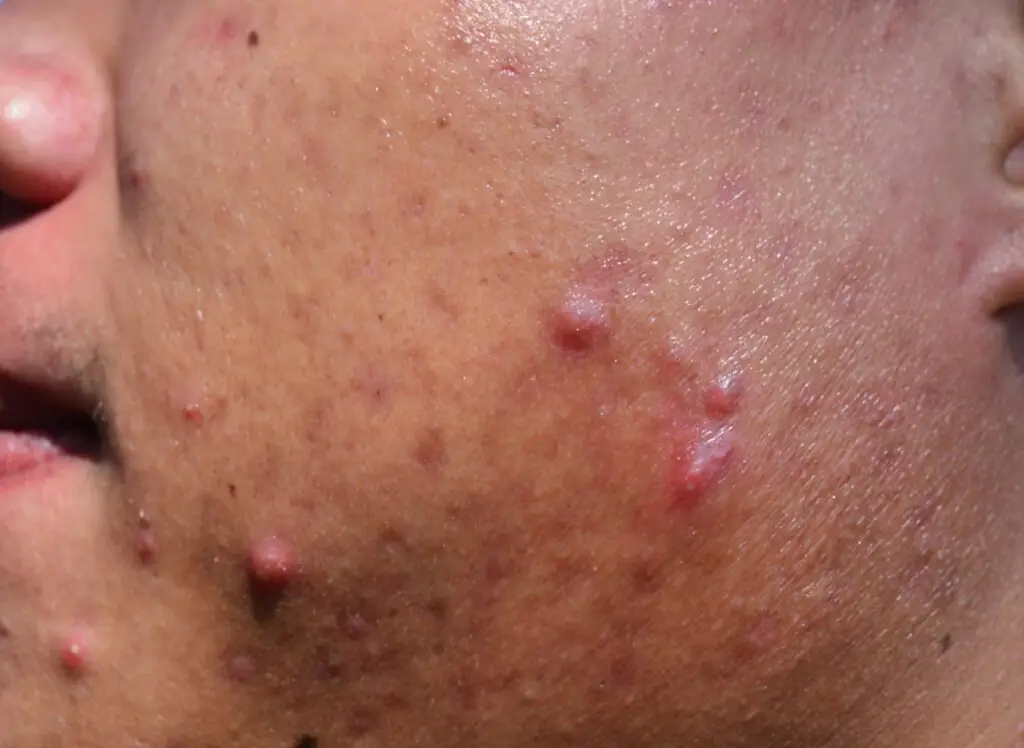
Most people, especially teenagers, will deal with pimples at some point in their lives. Many of us know the pain, embarrassment, and frustration that these can cause.
Whether you’re dealing with blackheads, whiteheads, cysts, or any other type of pimple, we’ll break down each one.
Types of Pimples on the Face
Before we define how many different types of pimples are there, let’s define the two most common terms:
- Types of pimples in face
- Types of pimples on face
They both refer to different kinds of blemishes that can pop up anywhere on your face. Using these phrases interchangeably may cause confusion. When we talk about ‘pimples on the face,’ we mean any sort of acne lesions like blackheads or whiteheads. Whereas ‘pimples in the face’ refers to deeper cysts underneath the skin surface.
To help you identify the types of pimples on your face and know their causes, here are some pictures of various types of bumps on faces.
The first one is called a comedone.
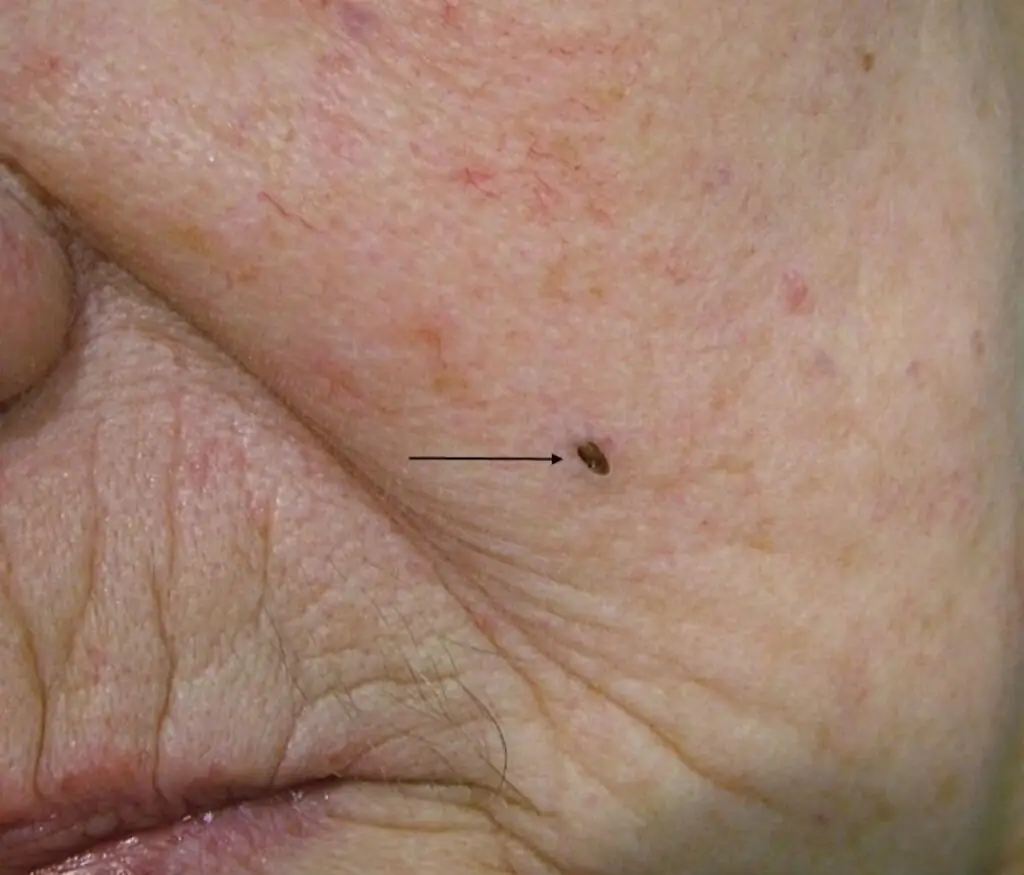
Then there are also blackheads and whiteheads. Blackheads are often confused with dirt buildup because of their dark coloration.
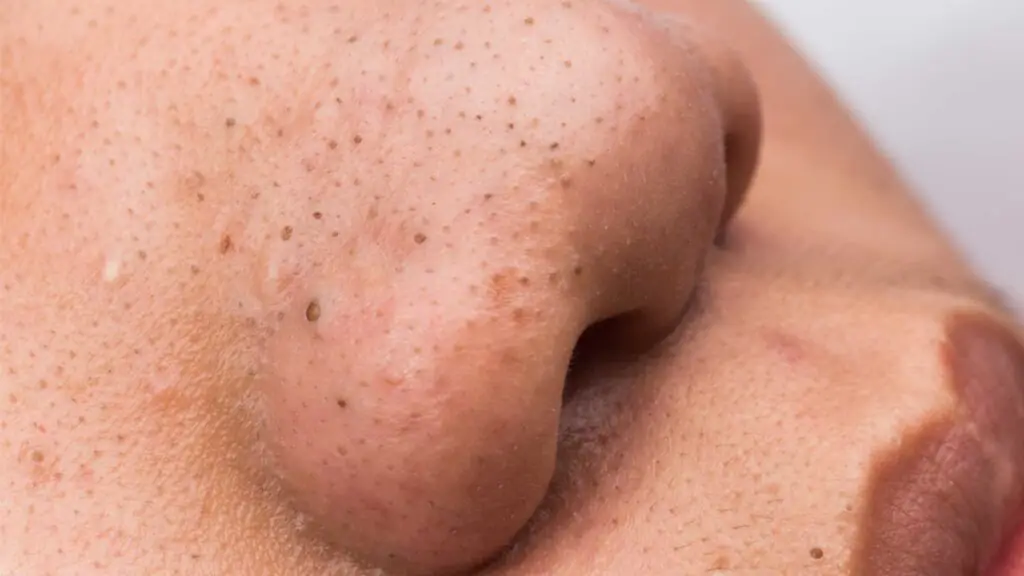
If a blackhead closes over, then it becomes a whitehead.
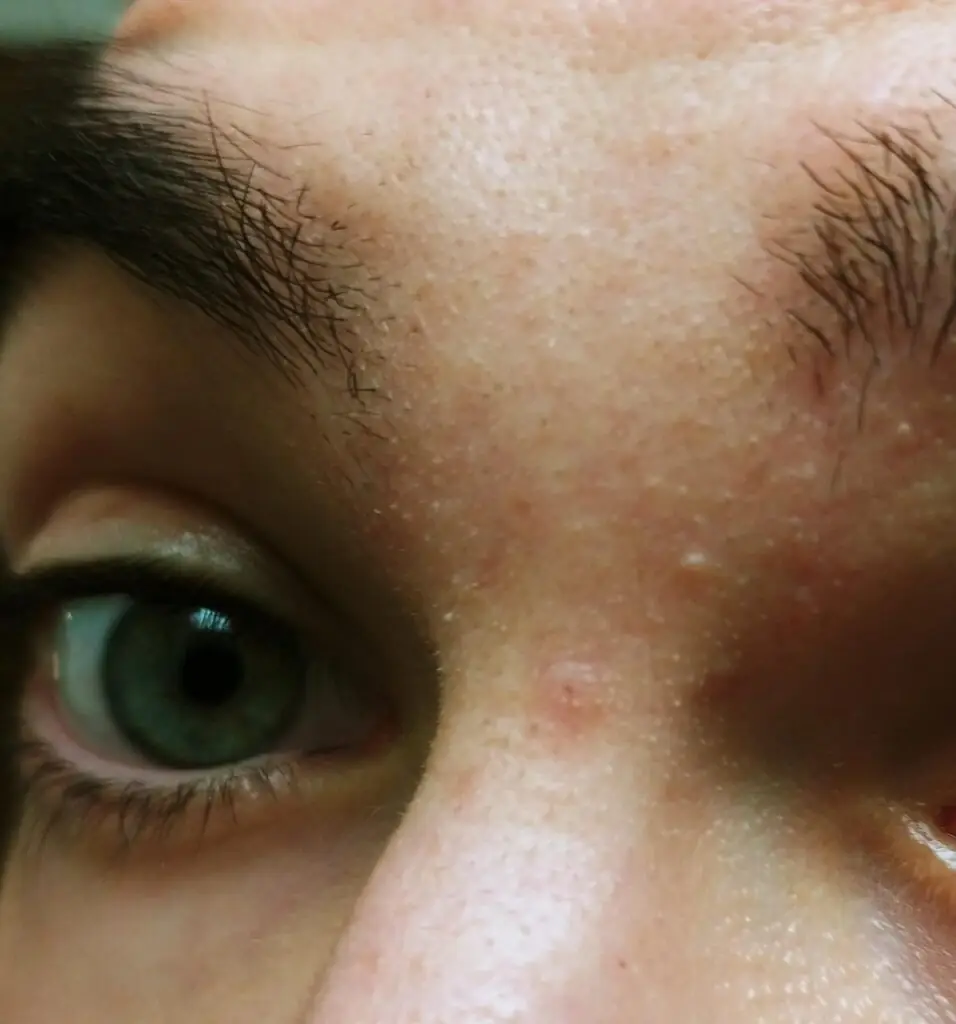
Another common type is papules which appear as small pinkish-red bumps.
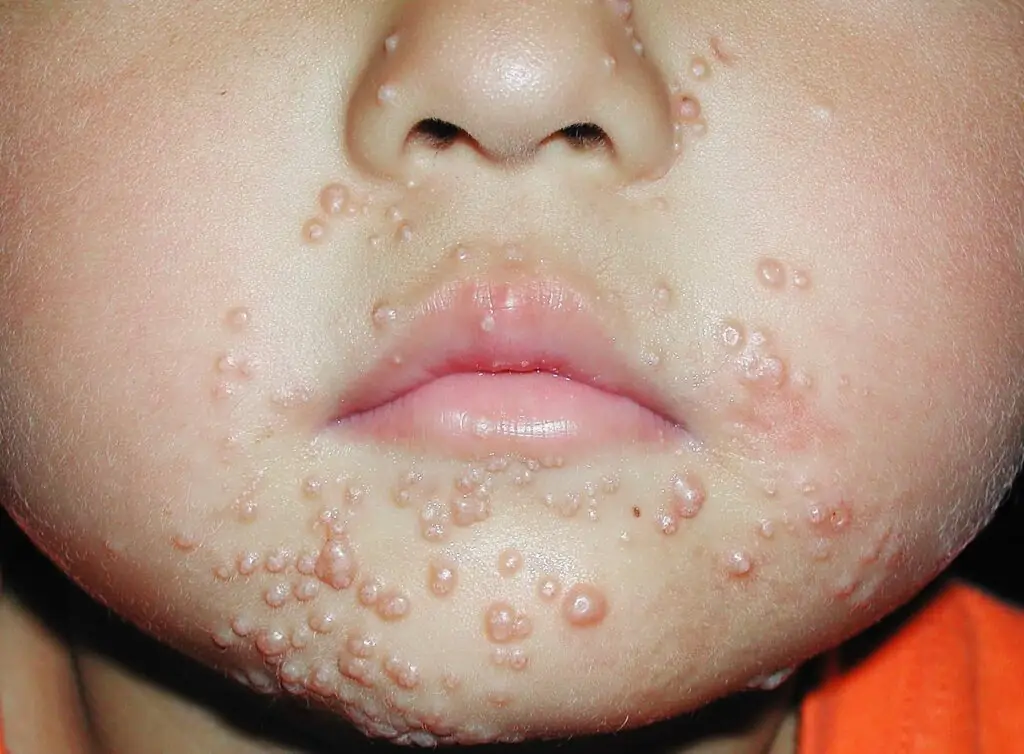
Pustules are similar but contain pus inside them and often feel tender when touched.
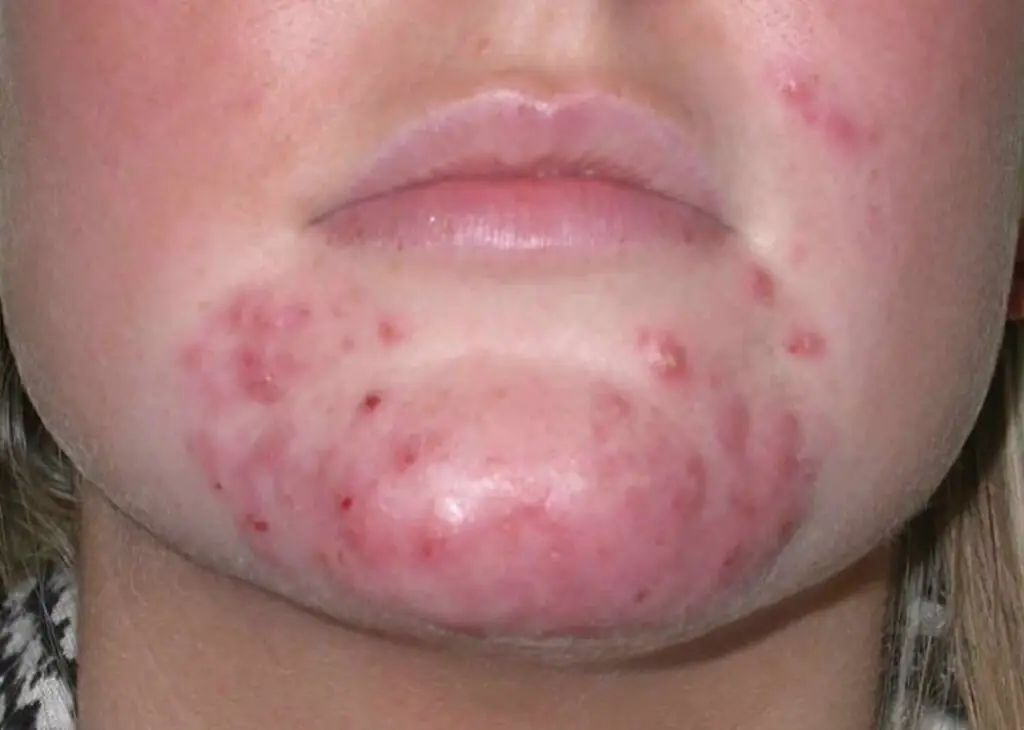
Cysts are large and often painful bumps that may have no visible sign of infection (like pus).
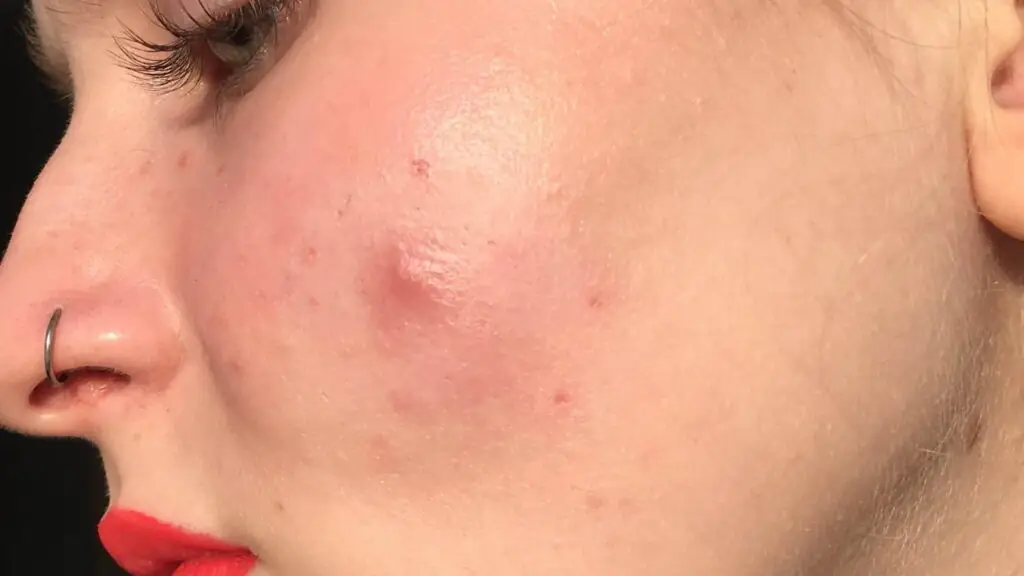
A nodule is a type of acne lesion that appears as a solid, raised bump under the skin.
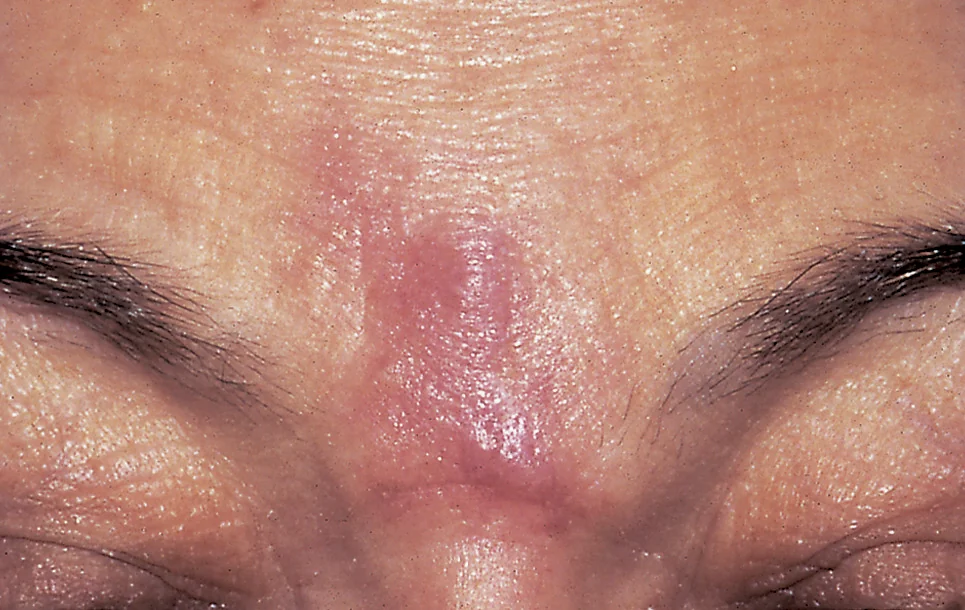
How to Avoid Different Types of Pimples on the Cheeks
What causes these pesky blemishes? A variety of factors come into play here, such as genetics, hormones, diet, stress levels, and skincare routine. Unfortunately, there isn’t one magic solution that works for everyone — but there are ways to manage them.
Here are three tips for dealing with different types of face skin pimples:
- Keep your hands off your face! Touching transfers bacteria from your fingers onto your face.
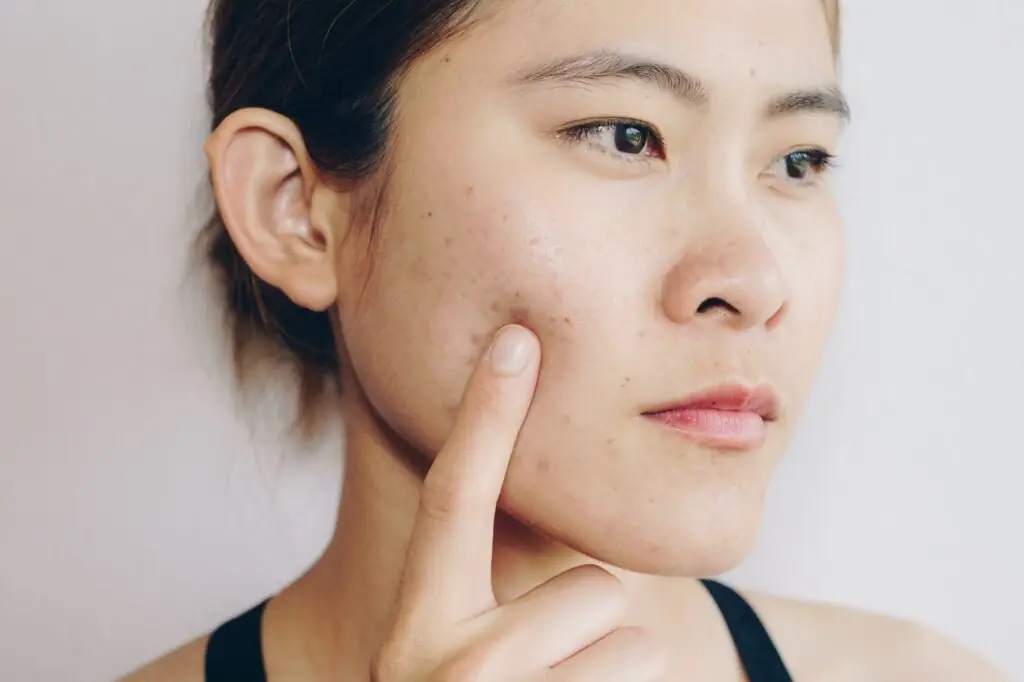
- Use gentle products formulated for acne — harsh ingredients can strip away natural oils and worsen inflammation.
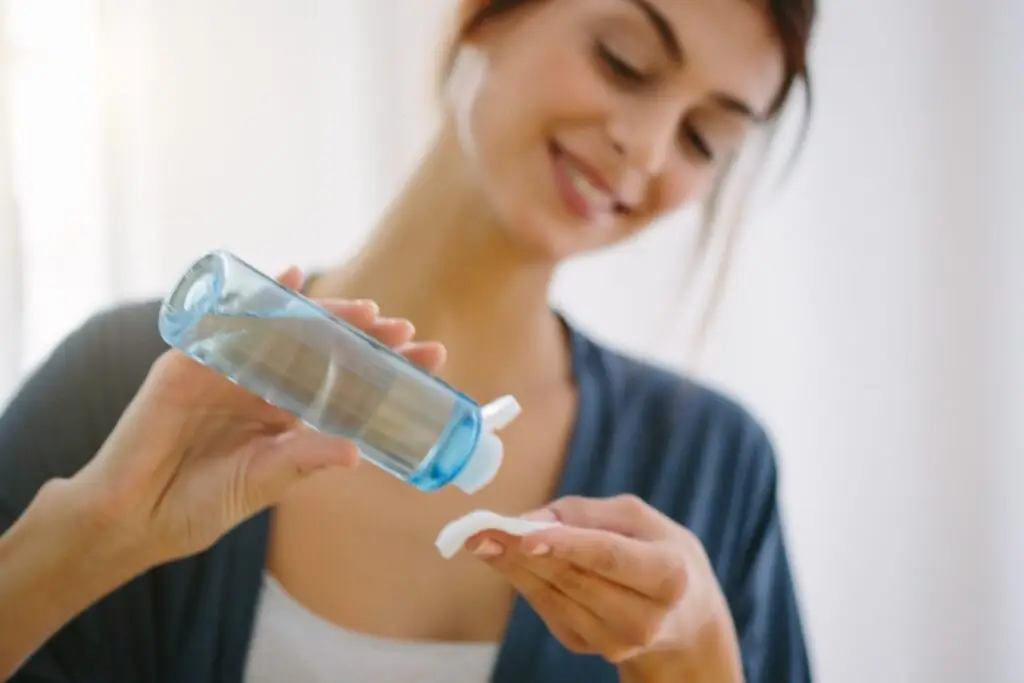
- Don’t pick at or pop your pimples — this increases the risk of scarring and infection.
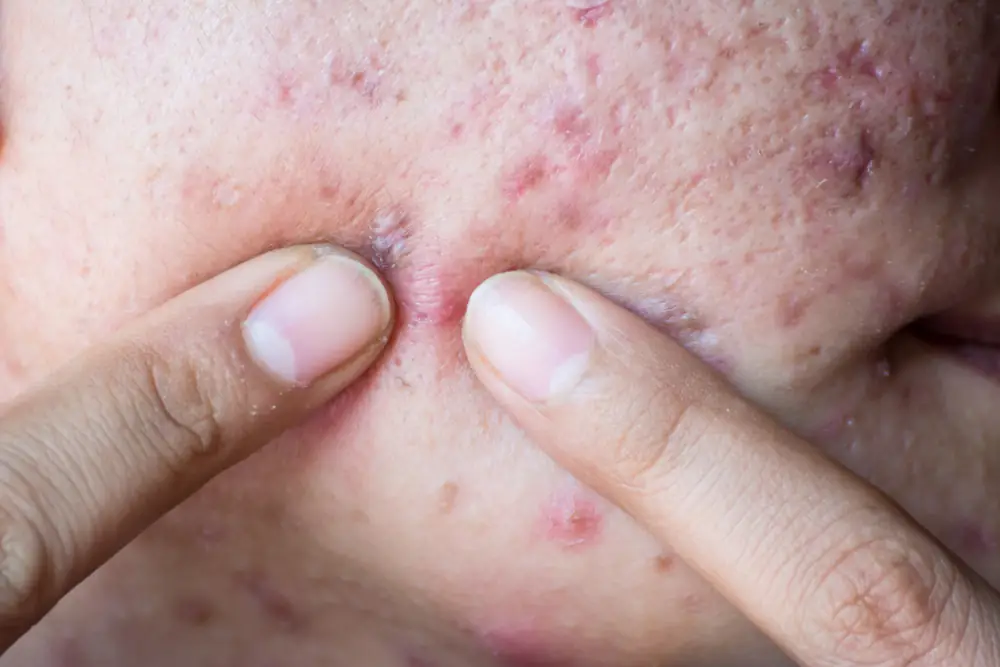
Types of Pimples on and in Face and Their Causes
Did you know that one in five adults suffers from acne? It’s a common condition that can be embarrassing and frustrating. But not every case is the same, and understanding the underlying cause is key to effective treatment.
Here’s a breakdown:
- Blackheads: These occur when pores become clogged with oil and dead skin cells, resulting in a dark appearance.
- Whiteheads: Similar to blackheads, but these remain closed at the surface of the skin, creating small bumps.
- Papules: Small red or pink bumps without pus that may feel sore or tender.
- Pustules: Red bumps with white or yellow centers filled with pus, often called “zits.”
- Cysts: Large, painful lumps beneath the surface of the skin caused by bacteria and oil buildup.
- Nodule: Nodules can be painful and tender to the touch. They are formed when the buildup of bacteria, oil, and dead skin cells cause a deep inflammation in the skin.
Now that we’ve identified the most common types of pimples on the face, let’s explore what triggers them. There are several potential causes of facial breakouts:
- Hormones: Changes in hormone levels during puberty, menstruation, pregnancy, or menopause can trigger an increase in oil production.
- Genetics: If your parents had acne-prone skin, chances are you will too.
- Diet: Consuming foods high in sugar or refined carbs has been linked to increased pimple formation.
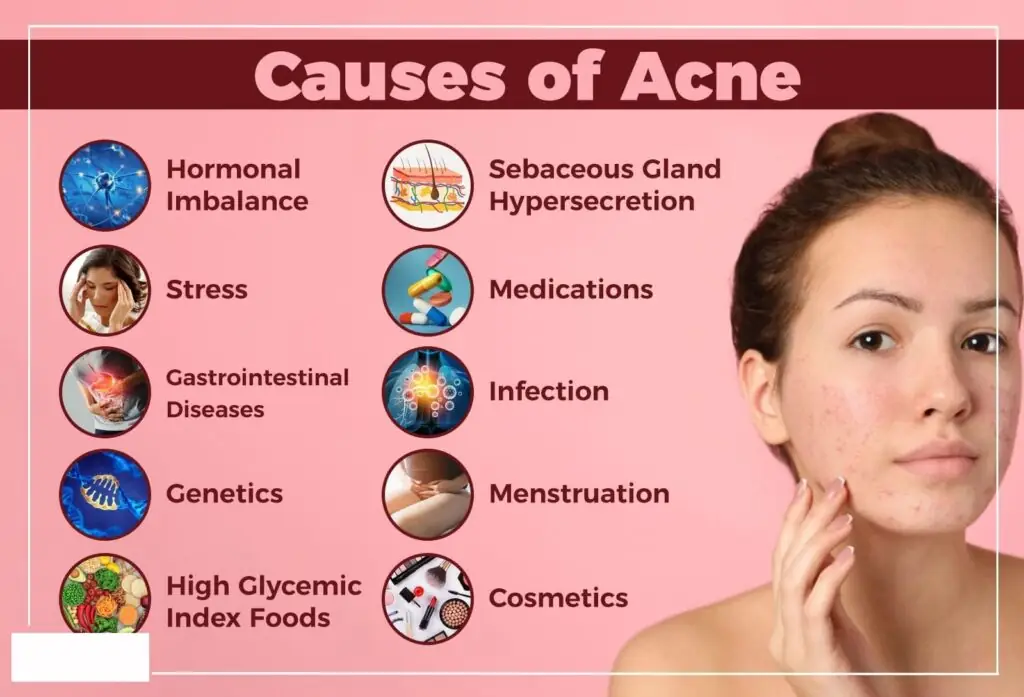
As much as we try to avoid getting pimples on our faces sometimes they just happen. Understanding what type of pimple it is, as well as its causes, helps us tackle it better.
Types of Pimple Marks on Face
When bacteria and dead skin cells clog your pores, it leads to inflammation that results in pimples. Once these pimples heal, they leave behind scars or dark spots known as pimple marks. These marks are of various types: what type you might have depends on its depth, size, color, and texture.
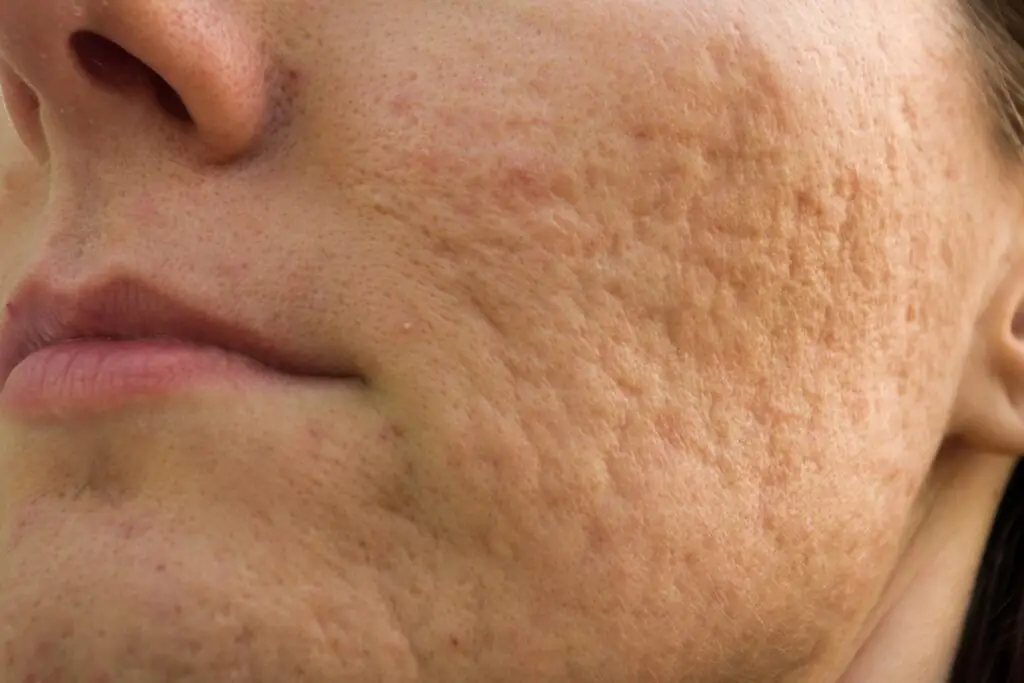
One type of pimple mark is post-inflammatory hyperpigmentation (PIH), which occurs when melanin production increases due to inflammation caused by acne. Another type is atrophic scarring, which forms when collagen production decreases during healing, causing depressions in the skin surface. Lastly, hypertrophic scarring happens when there’s an overproduction of collagen, resulting in raised bumps.
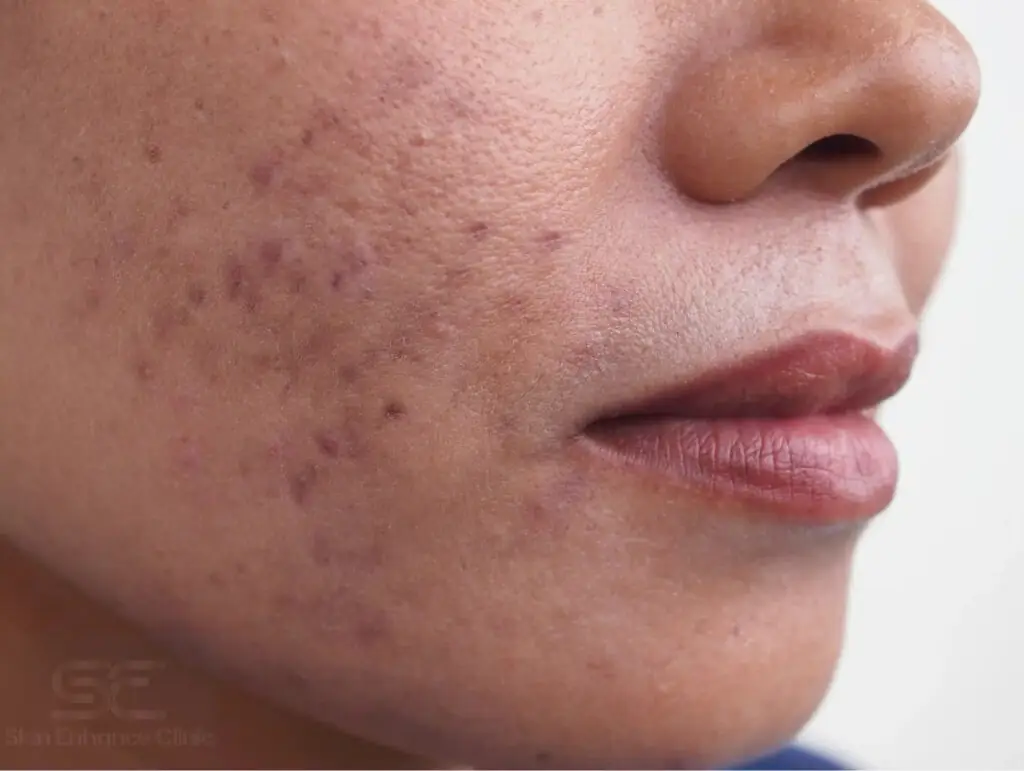
Does a Facial Increase Pimples
Firstly, the severity of acne depends on several factors, like your skin type and sensitivity toward certain products used in facial treatment. If you have oily or acne-prone skin, then there’s a possibility that some facials might trigger breakouts due to excess oil production caused by massage movements.
What’s more, using harsh chemicals during facials can also lead to irritation and inflammation, which further leads to pimples.
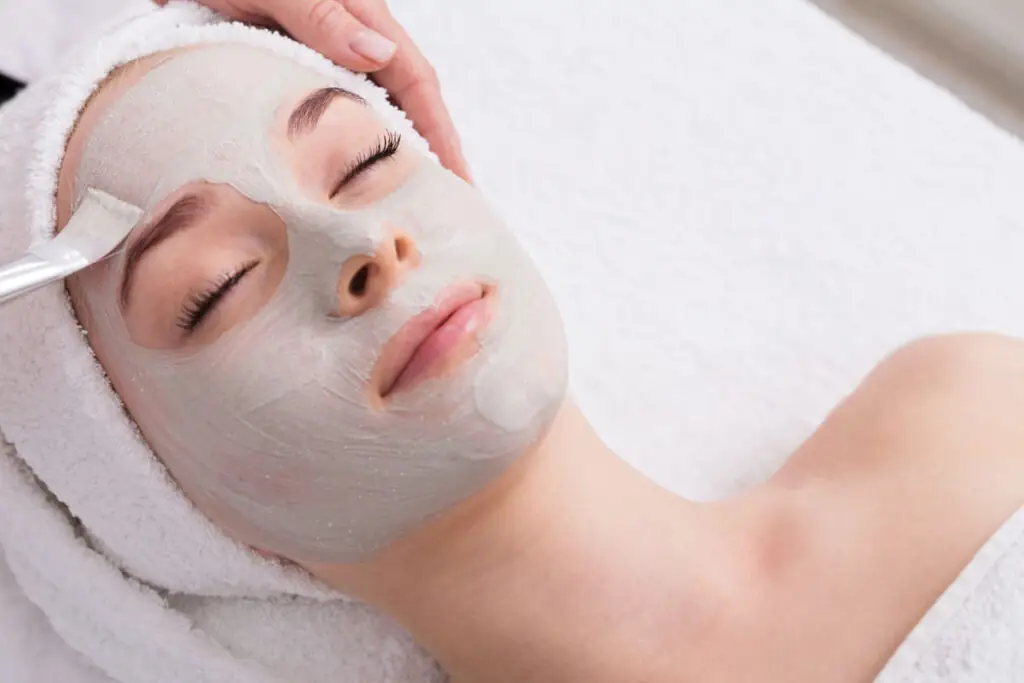
On the other hand, if you opt for gentle and non-comedogenic skincare products during facials, they’re less likely to cause any harm to your skin. So make sure you consult with a professional dermatologist before going for any facial session. They will analyze your skin condition and suggest suitable treatments according to it.
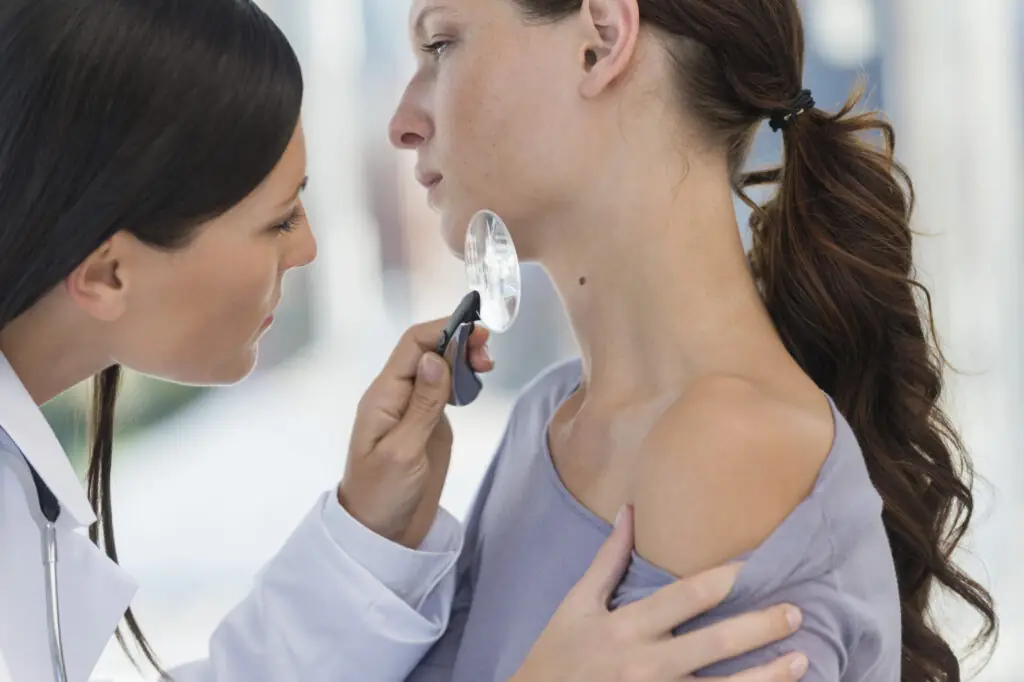
In conclusion, while facial treatments may help improve your skin texture and tone, they must be done carefully after considering all possible factors that might affect your skin health negatively. Always choose a reliable salon or clinic where professionals use quality ingredients and equipment for facials.
Taking proper care before and after facial sessions can significantly reduce the chances of getting pimples on your face.
Frequently Asked Questions
Still have questions? Then we have answers.
Are There Any Natural Remedies for Treating Different Types of Pimples on the Face?
Firstly, for those pesky blackheads and whiteheads, try using tea tree oil. This essential oil has antibacterial properties that can help reduce inflammation and unclog pores. Simply dilute a few drops with a carrier oil, such as jojoba or coconut oil, and apply the mixture directly to the affected area.
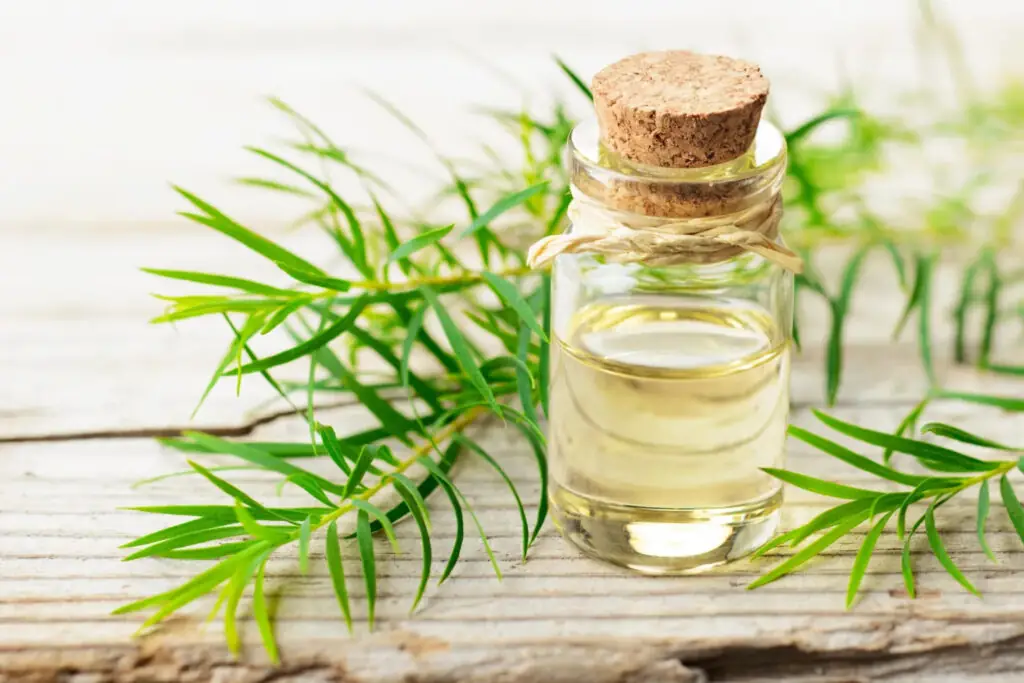
Secondly, if you’re dealing with red and inflamed pimples, aloe vera gel may be your go-to remedy. Aloe vera has soothing properties that can calm irritated skin and reduce redness. Apply fresh aloe vera gel directly to the pimple or use an over-the-counter product containing aloe vera extract.
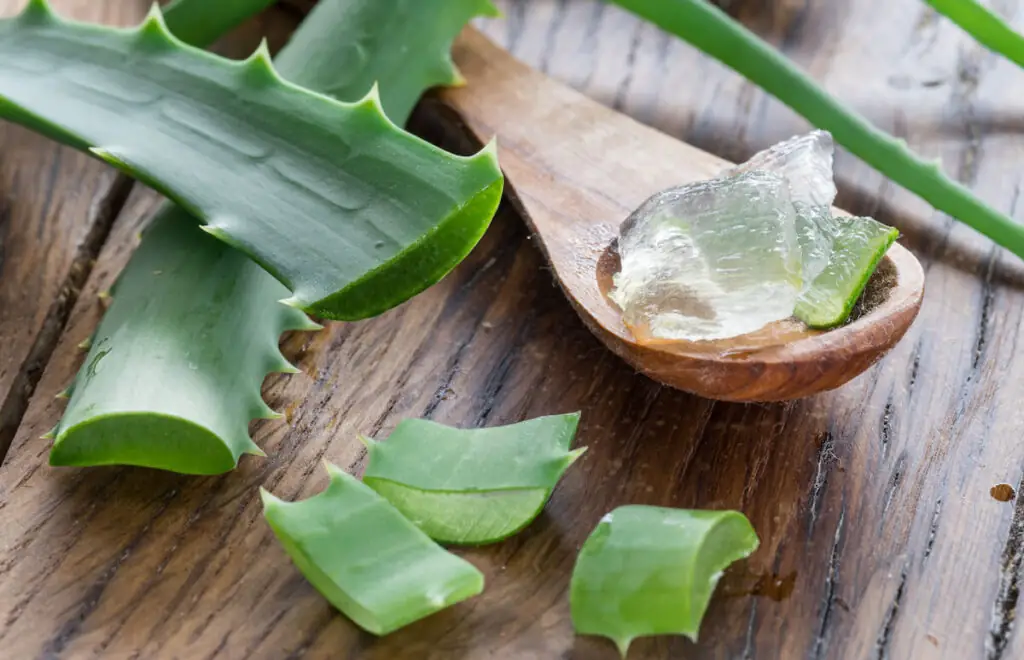
Lastly, for those deep and painful cystic pimples, try applying ice wrapped in a clean cloth to the affected area. This can help reduce swelling and pain by constricting blood vessels. Additionally, incorporating anti-inflammatory foods into your diet, such as leafy greens, berries, and fatty fish can also assist in treating hormonal acne.
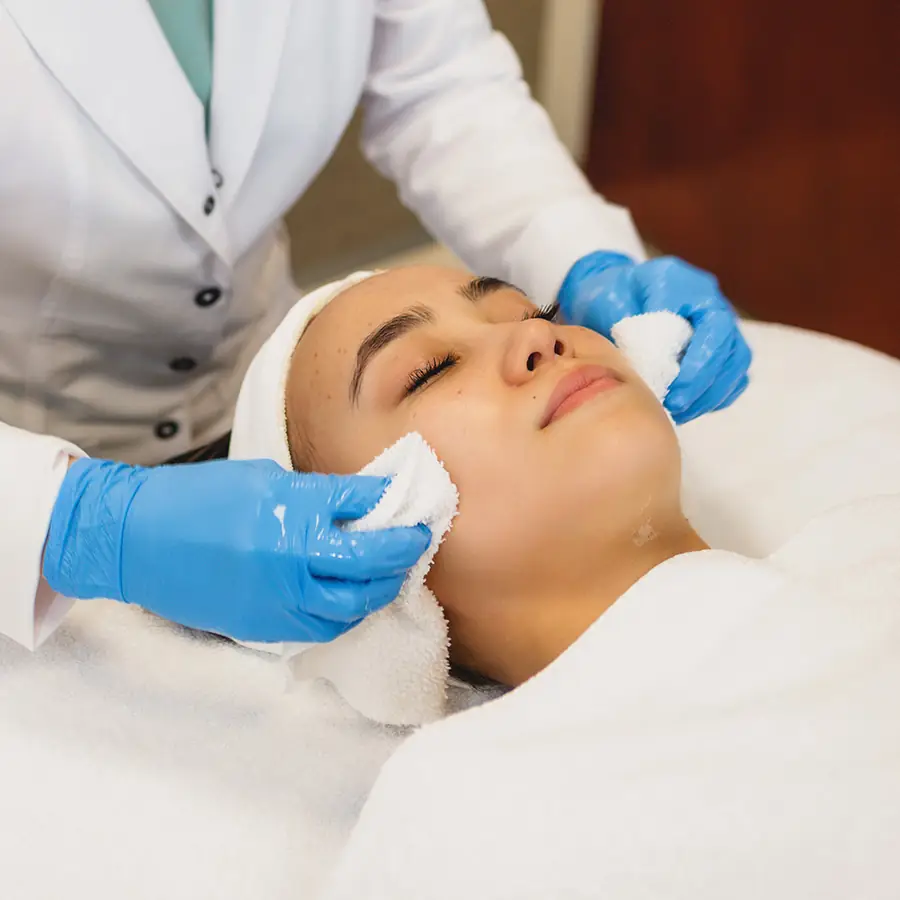
Natural remedies are not only cost-effective but have fewer side effects compared to traditional medication options. However, please note that what works for one person might not work for everyone, so always consult your doctor first, especially if you have severe acne conditions.
Remember taking care of our skin is important; we all desire clear, healthy-looking skin that gives us confidence while interacting with others around us.
Can Certain Foods or Lifestyle Habits Cause the Development of Specific Types of Pimples on the Face?
Dairy products such as milk, cheese, and ice cream have been linked to breakouts. These food items can stimulate oil production. This excess oil can clog pores and lead to the formation of painful cystic acne.
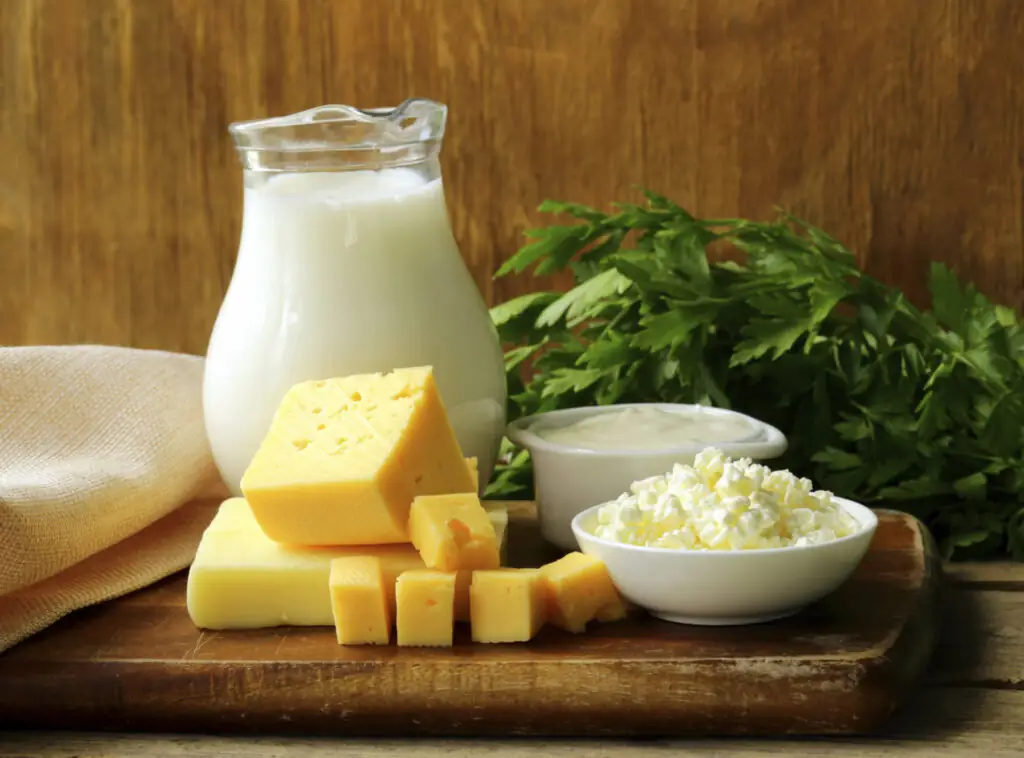
Similarly, high-glycemic-index (GI) foods like sugar and refined carbohydrates also spell trouble. They raise the insulin levels in your body, which in turn, increases inflammation and sebum production. As a result, you may notice more papules or pustules appearing on your forehead or temples.
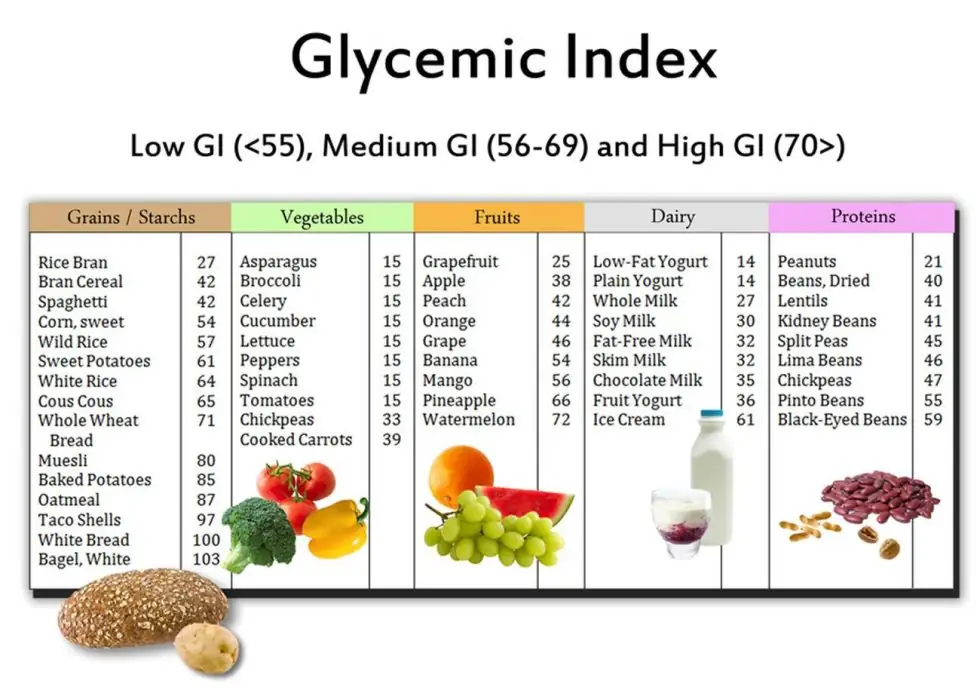
Of course, it’s not just what you eat, but how you live that can impact your skin health as well. Lack of sleep, stress, smoking, and even wearing tight-fitting clothing can all contribute to the development of various types of pimples.

By making simple changes to your diet and lifestyle habits, though, you may be able to minimize these breakouts and achieve clearer-looking skin overall.
How Long Does It Take for Different Types of Pimple Marks on the Face to Fade?
Firstly, let’s talk about post-inflammatory hyperpigmentation (PIH). This happens when there is an overproduction of melanin in response to inflammation caused by acne or other skin injuries. PIH often appears as dark brown or red spots on the skin and can take anywhere between six months to two years to completely fade.
However, some cases may require professional help, such as chemical peels or laser treatments.
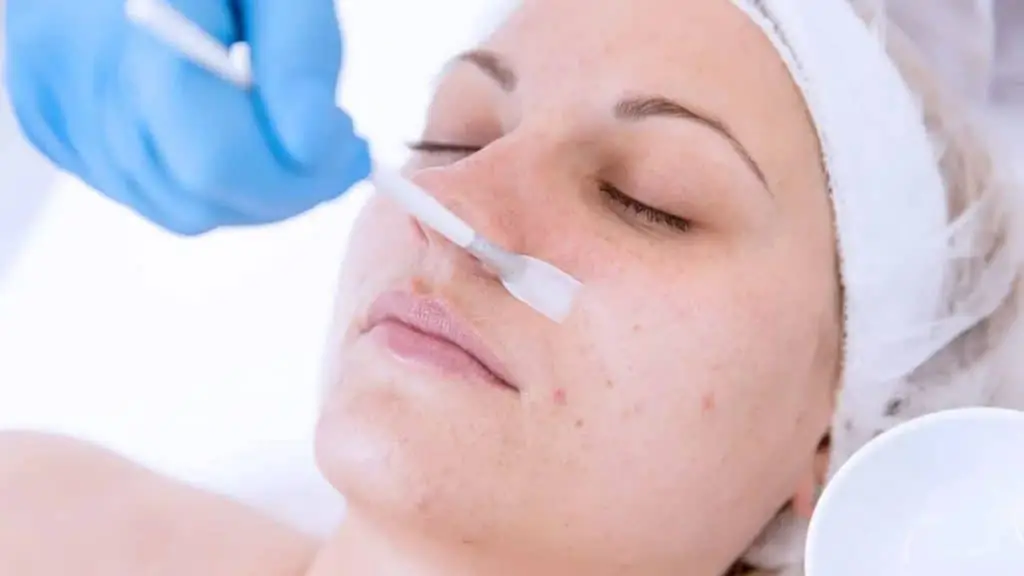
Another type of pimple mark that people often struggle with is atrophic scarring. This occurs when there is damage done to the collagen fibers within the skin after a pimple has healed. Atrophic scars are usually depressed areas on the skin and may have an uneven texture. These scars tend to improve over time but never fully disappear without any treatment.
The length of time it takes for these scars to heal depends on their size and depth.
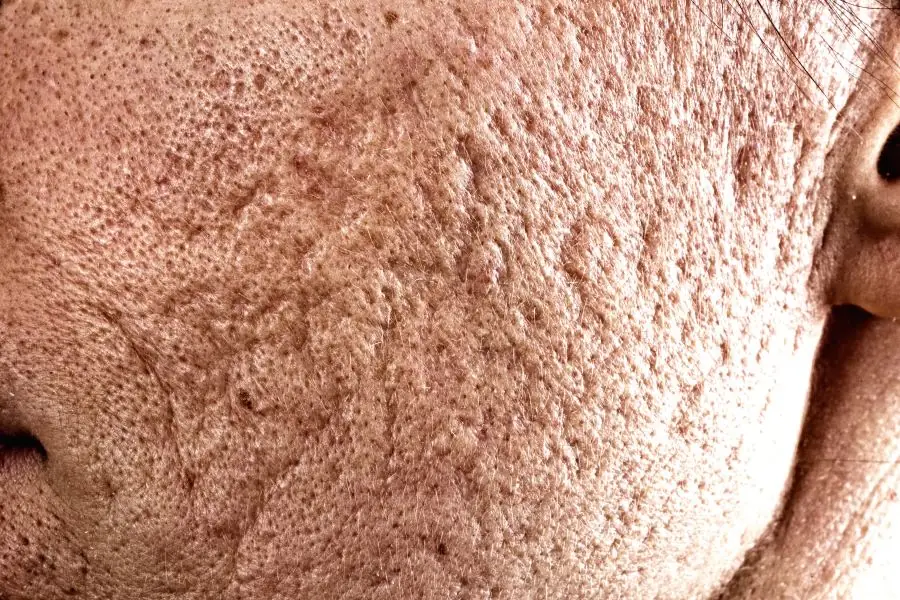
Lastly, we have hypertrophic scarring. This occurs when too much collagen is produced during the healing process resulting in raised bumps or lumps on the skin surface. Hypertrophic scars tend to develop more frequently in individuals who have darker skin. Depending on their severity, hypertrophic scars can take up to three years or longer before they begin fading naturally.
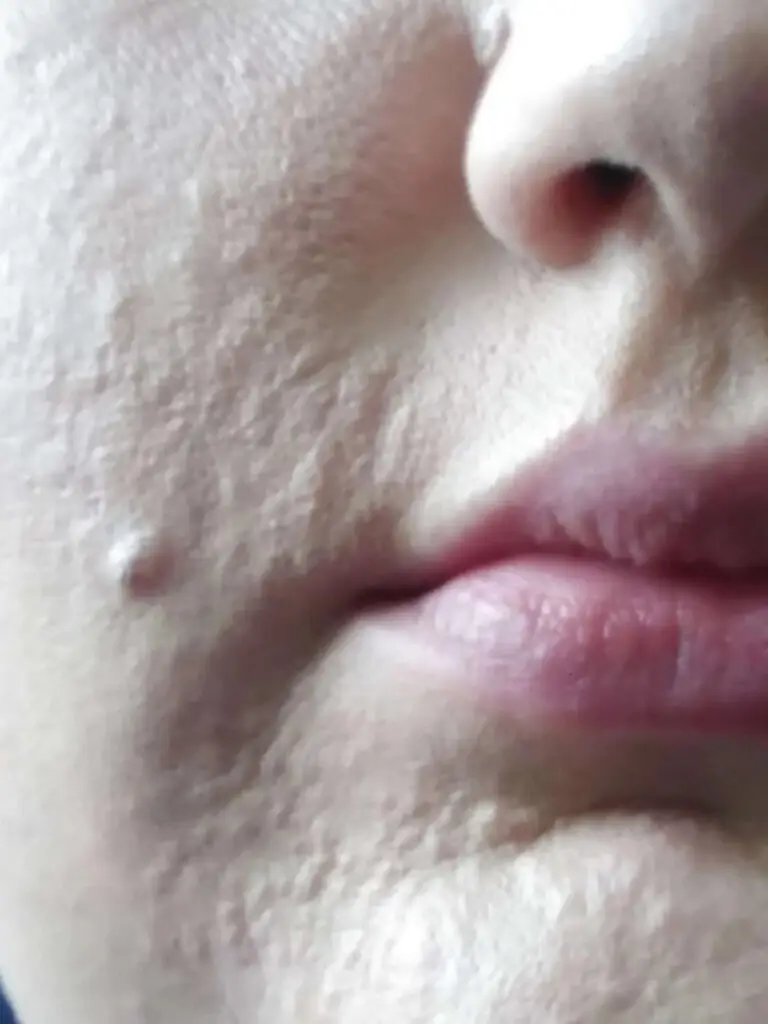
Ultimately, everyone’s marks heal differently, so there’s no set timeline on how long it takes for pimple marks to go away completely. Focus on maintaining healthy habits, such as using sunscreen daily and incorporating products containing vitamin C into your routine. Both are known for helping reduce discoloration over time!
Conclusion
Knowing the different types of pimples in your face can help you determine how to treat them properly. From whiteheads and blackheads to cysts and nodules, each type requires a tailored approach for effective treatment. Don’t forget about those pesky pimple marks left behind either! Whether they’re red or brown, knowing the difference can aid in finding the right solution.
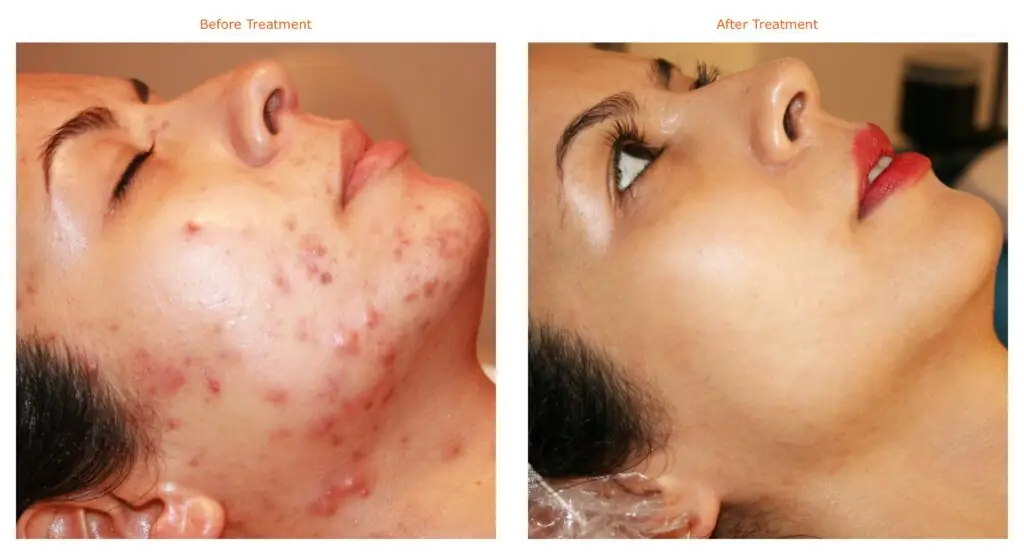
It’s important to remember that everyone’s skin is unique, and what causes one person’s pimples may not affect another. However, being aware of common triggers such as hormonal changes, stress, and diet can help prevent future breakouts. So don’t let facial acne get you down — armed with this ultimate visual guide, you’ve got this under control!